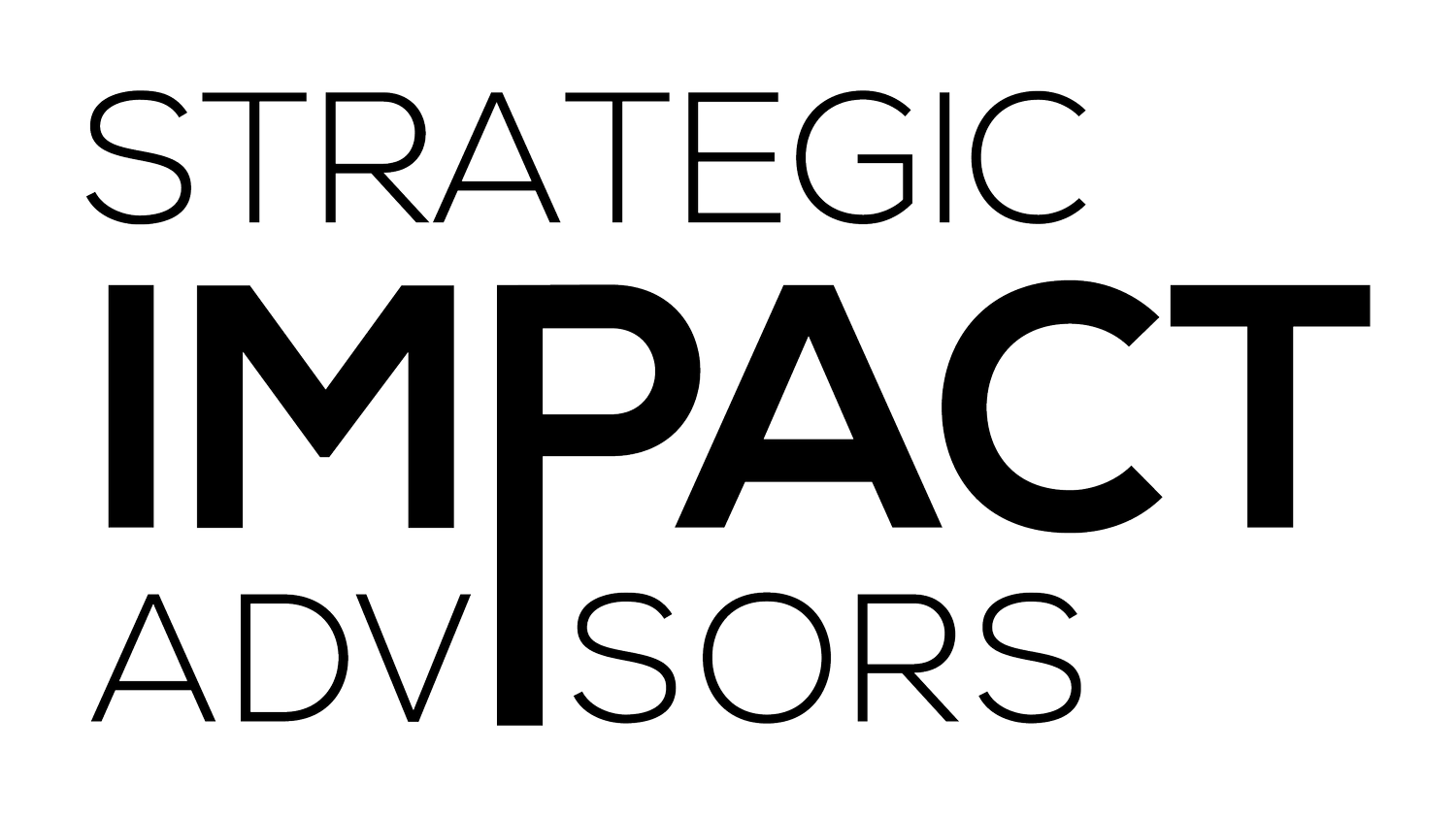Acting on the Unknown: The Missing Data in Digital Agriculture
Quantitative data on agricultural activities is a critical building block of the digital agriculture revolution, offering unprecedented insights into crop health, soil conditions, weather patterns, and market trends. Luckily, it looks like digital data collection may be offering new ways to get data. According to the International Data Corporation, the amount of agricultural data collected daily is expected to increase 800% by 2036, driven by growth in technology. By harnessing and analyzing this data, stakeholders in the agriculture sector like development actors and private enterprises can make data-driven decisions that optimize resources, mitigate risks, and support farmers in achieving increased yields and incomes.
Despite the projected growth in data collection, today critical gaps still prevent stakeholders from fully understanding the state of the agricultural sector. Since our founding, in places like Zimbabwe, Bangladesh, Honduras, and Haiti, SIA has collected and analyzed agricultural data through key informant interviews with agritechs, government agencies, and development organizations for digital agriculture assessments and through surveys on smallholder farmers’ financial preferences, needs, and habits. We often have to do our own data collection in the face of ongoing key challenges that impede the collection and availability of data in agriculture:
Lack of information about smallholder farmers
Across markets, there are very few public datasets that capture some of the most crucial characteristics of smallholder farmers, including disaggregated data around gender and crops cultivated. Some countries collect data on farmers through agricultural surveys or national censuses, such as Egypt’s agricultural census, but these are usually not conducted on an annual basis.
Lack of information about farmer support organizations
One of the largest gaps we observe at SIA is a lack of data and information about organizations in the agricultural sector that support smallholder farmers, including agribusinesses, cooperatives, extension agencies, and input providers. Even with desk research and interviews, it is hard to quantify and identify how many organizations support smallholder farmers in a particular country, the crops of focus, and the farmer services they provide.
Lack of standardization and cohesion within and across countries
When we do find datasets, our team often has to sift through a patchwork of data with varying levels of quality and completeness. For example, getting an estimate of a digital agriculture platform’s total addressable market requires scouring numerous online sources, conducting calculations to determine numerical estimates, and filling in remaining gaps through interviews with industry experts. More emphasis must be placed on data standardization, within and across countries, to enable accurate analysis and cross-country comparisons.
So why do these gaps matter?
Without a thorough understanding of a country’s smallholder farmer population and the organizations that serve them, products and services designed for farmers will not adequately address their greatest needs and pain points. Development organizations, government agencies, and digital agriculture service providers need to have a comprehensive view of an ecosystem to ensure that any product, service, or program designed to support farmers is grounded in their needs. For example, suppose a digital agriculture service provider is considering designing a platform where cooperatives can purchase a directory of input suppliers to distribute to their farmers. In that case, the provider should be able to 1) find data around cooperatives’ willingness and ability to pay, crops of focus, and smallholder farmer profiles, and 2) use these findings to support the platform's design.
On a global level, there is a need for a standardized and consistent source of agricultural data that goes beyond the reporting that is currently publicly available. Similar to how the Global Findex Database guides action towards financial inclusion, digital agriculture requires a lodestar data source to direct ecosystem actors and catalyze quality development of digital agriculture tools. Without access to comprehensive data, digital agriculture providers and other organizations that support smallholder farmers will continue to act on the unknown by designing products and services without fully understanding smallholder farmers’ needs.

